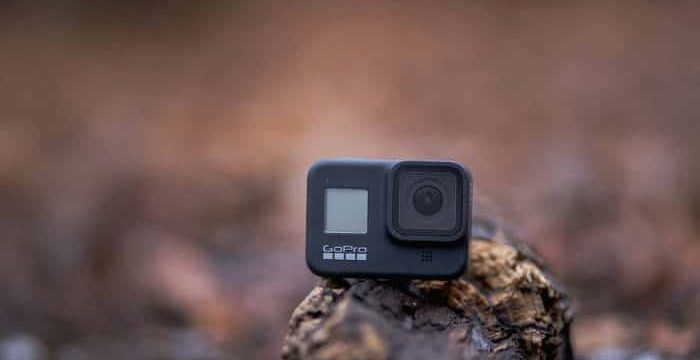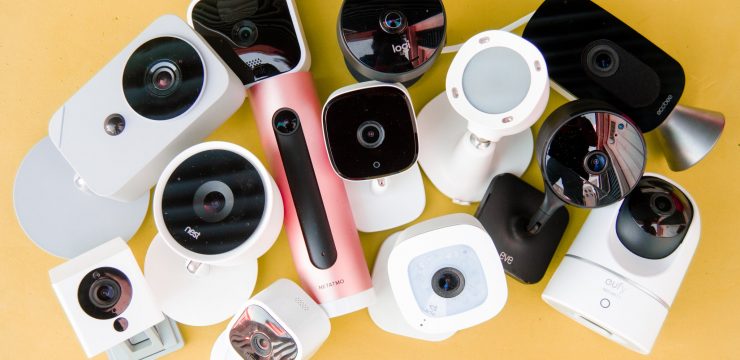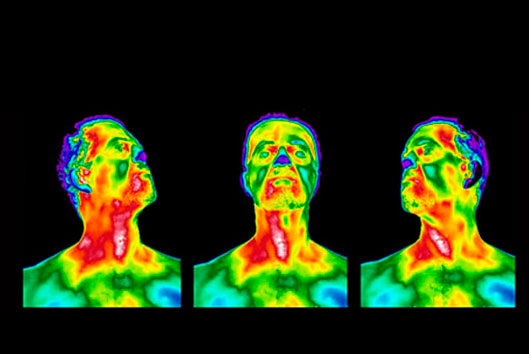Thermal Cameras are important for home inspection as they can help identify problem areas that are not visible to the naked eye. However, there are a few tips to follow when using thermal cameras to avoid common home inspection mistakes.
When using thermal cameras for home inspection, it is important to make sure that the area being inspected is well ventilated. This will allow the camera to work properly and prevent any condensation from forming on the lens. It is also important to keep the camera clean and free of any debris so that it can function properly.
Another tip for using thermal cameras during home inspection is to make sure that the area being inspected is not too dark. If the area is too dark, the camera will not be able to see through it and may produce false positives.
What thermal cameras can do for home inspection
Thermal cameras are an important tool for home inspection. They can help identify problem areas that are not visible to the naked eye, such as water damage, insulation problems, and electrical faults. By using thermal cameras, home inspectors can get a more complete picture of the condition of a home and make better-informed decisions about what repairs need to be made.
Thermal cameras can also be used to detect pests and rodents. By identifying these pests early on, homeowners can take steps to get rid of them before they cause any serious damage.
Tips to avoid common home inspection using thermal cameras
There are a few tips to follow when using thermal cameras for home inspection in order to avoid common mistakes. When inspecting a home, it is important to make sure that the area is well ventilated. This will allow the camera to work properly and prevent any condensation from forming on the lens. It is also important to keep the camera clean and free of any debris so that it can function properly.
Another tip for using thermal cameras during home inspection is to make sure that the area being inspected is not too dark. If the area is too dark, the camera will not be able to see through it and may produce false positives. By following these tips, home inspectors can get the most accurate information from their thermal cameras and make better decisions about what repairs need to be made.
If you are using a thermal camera for home inspection, it is important to make sure that the area being inspected is well ventilated. This will allow the camera to work properly and prevent any condensation from forming on the lens. It is also important to keep the camera clean and free of any debris so that it can function properly. Another tip for using thermal cameras during home inspection is to make sure that the area being inspected is not too dark. If the area is too dark, the camera will not be able to see through it and may produce false positives. By following these tips, you can get the most accurate information from your thermal camera and make better decisions about what repairs need to be made.
How thermal cameras inspections can help you
Thermal cameras inspections can help you in a number of ways. By identifying problem areas that are not visible to the naked eye, thermal cameras can help you save time and money on repairs. Thermal cameras can also be used to detect pests and rodents, which can cause serious damage to your home if left unchecked. By using thermal cameras for home inspection, you can get a more complete picture of the condition of your home and make better-informed decisions about what repairs need to be made.
The bottom line
Thermal cameras are a valuable tool for home inspection. By following the tips above, you can avoid common mistakes and get the most accurate information from your thermal camera. This will help you save time and money on repairs, and make better decisions about what needs to be done to keep your home in top condition.





